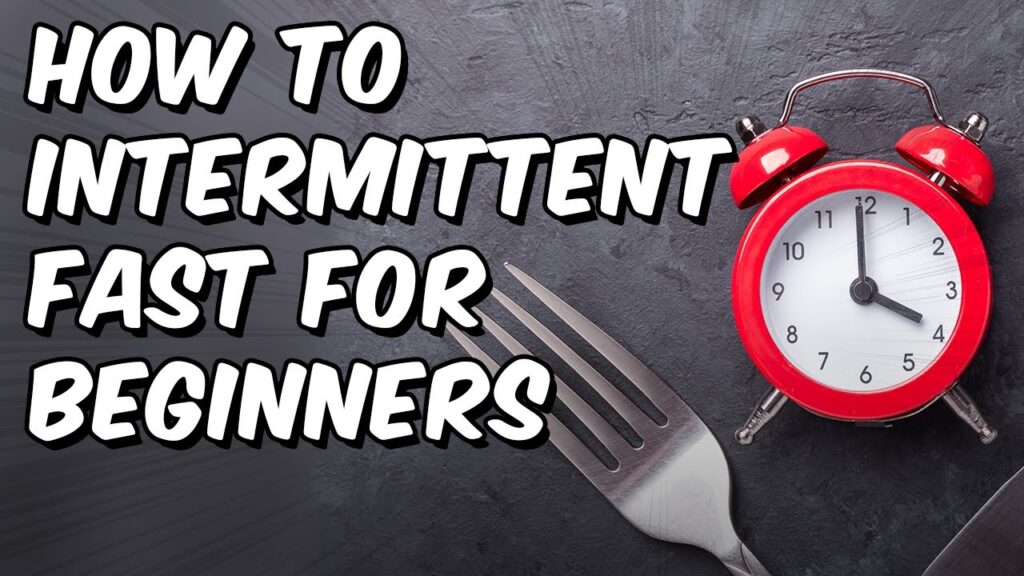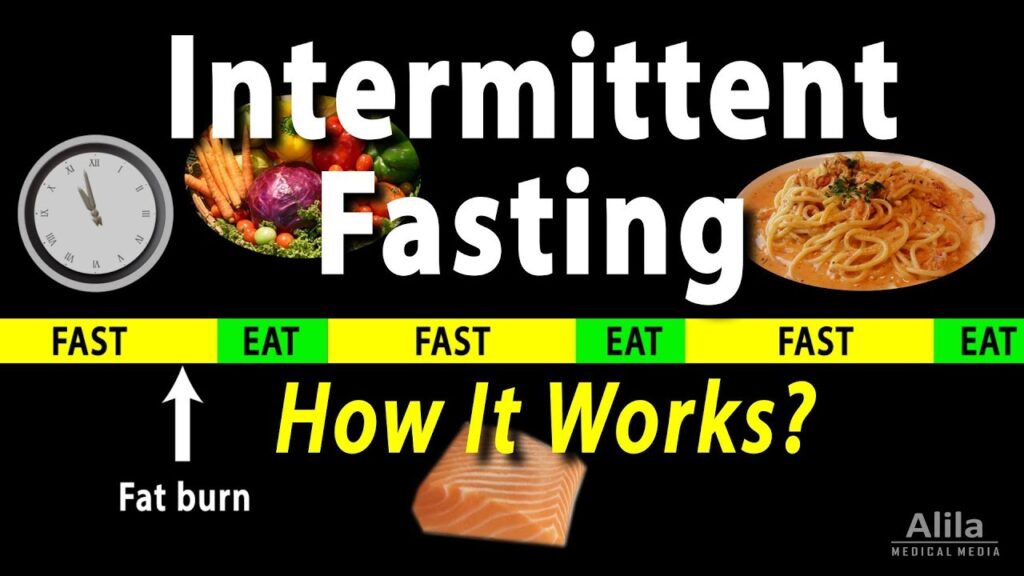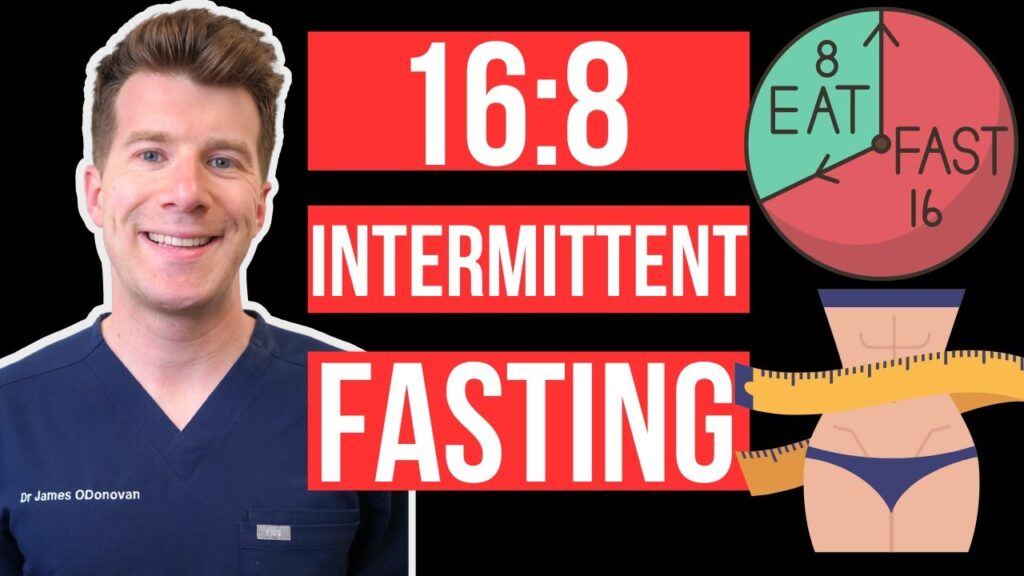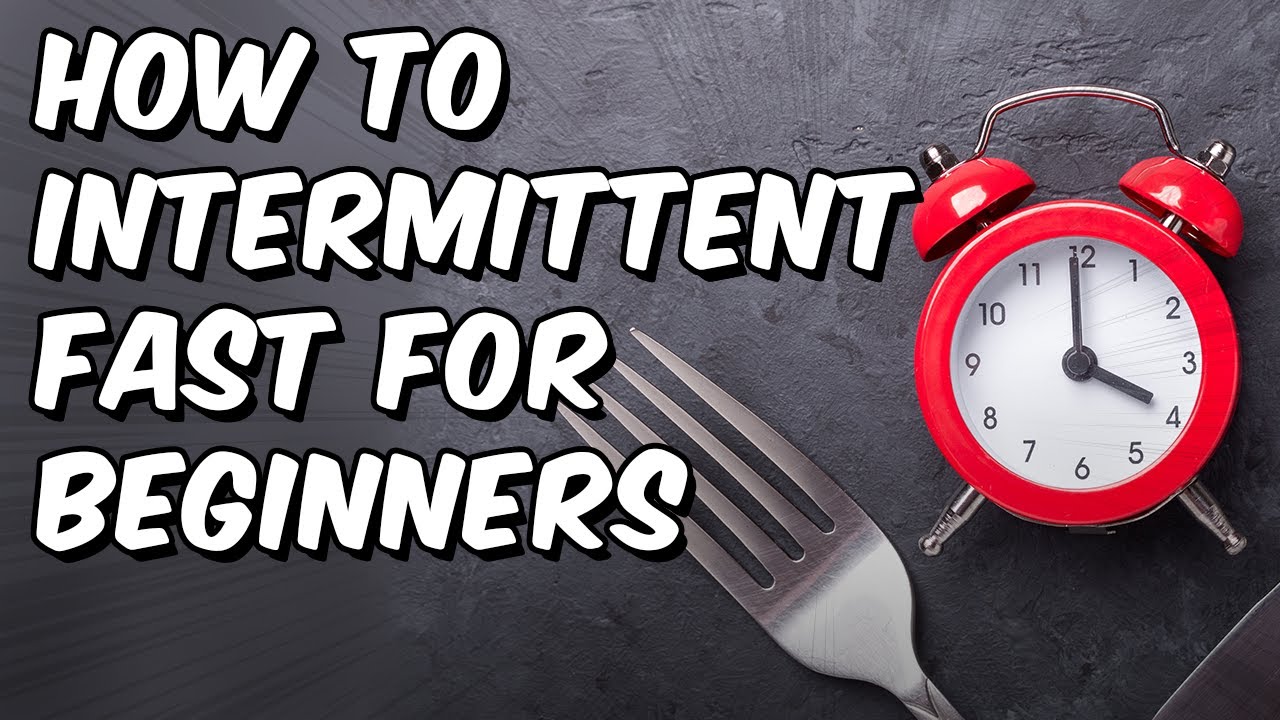Introduction:
Intermittent fasting has gained popularity as an effective approach to weight loss and overall health improvement. This beginner’s guide aims to provide practical insights into intermittent fasting, helping you understand its benefits, different fasting methods, and tips for getting started on your weight loss journey.

Table of contents
What is Intermittent Fasting?
Intermittent fasting involves cycling between periods of eating and fasting. Unlike traditional diets that focus on what you eat, intermittent fasting focuses on when you eat, allowing your body to tap into stored fat for energy during fasting periods.

Benefits of Intermittent Fasting:
Weight Loss:
By restricting the window of time during which you eat, intermittent fasting can lead to reduced calorie intake and increased fat burning, resulting in weight loss.
Improved Insulin Sensitivity:
Intermittent fasting can help regulate blood sugar levels and improve insulin sensitivity, which may reduce the risk of type 2 diabetes.
Enhanced Autophagy:
Fasting triggers autophagy, a cellular repair process that removes damaged cells and toxins from the body, promoting longevity and overall health.
Simplicity and Convenience:
Intermittent fasting is simple to follow and does not require complicated meal planning or calorie counting, making it convenient for many people.
Different Methods of Intermittent Fasting:
16/8 Method:
This method involves fasting for 16 hours each day and restricting eating to an 8-hour window.

5:2 Diet:
With this approach, you eat normally for five days of the week and restrict calorie intake to 500-600 calories on two non-consecutive days.

Alternate-Day Fasting:
Alternate-day fasting involves alternating between fasting days and eating days, with some variations allowing for limited calorie intake on fasting days.
Eat-Stop-Eat:
In this method, you fast for a full 24 hours once or twice a week, consuming no calories during the fasting period.
Getting Started with Intermittent Fasting for Weight Loss:
Choose the Right Method:
Experiment with different fasting methods to find one that fits your lifestyle and preferences.
Start Slow:
If you’re new to fasting, start with a shorter fasting window and gradually increase it as you become more comfortable.
Stay Hydrated:
Drink plenty of water during fasting periods to stay hydrated and curb hunger.
Listen to Your Body:
Pay attention to your hunger cues and adjust your fasting schedule accordingly.
Be Patient:
Results may not be immediate, so be patient and consistent with your fasting routine.
Conclusion:
Intermittent fasting can be a powerful tool for weight loss and overall health improvement when done correctly. By understanding the different fasting methods, benefits, and tips for getting started, you can embark on a successful intermittent fasting journey and achieve your weight loss goals. Remember to consult with a healthcare professional before starting any new diet or fasting regimen, especially if you have underlying health conditions or concerns.
Refer this Link To know More About Intermittent fasting
FAQs:-
Intermittent fasting is an eating pattern that cycles between periods of fasting and eating.
Intermittent fasting can lead to weight loss by reducing calorie intake and increasing fat burning.
Methods include the 16/8 method, 5:2 diet, alternate-day fasting, and eat-stop-eat.
Yes, staying hydrated with water is important during fasting periods.
Yes, intermittent fasting can be safe for beginners, but it’s essential to listen to your body and consult a healthcare professional if you have concerns.
